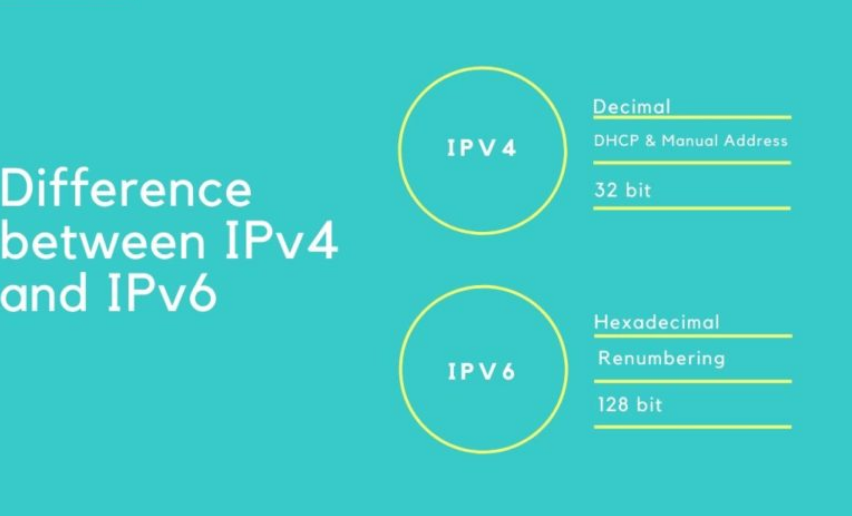Computers and devices interact with each other over the internet using a set of numbers, or Internet Protocol address, which is sometimes known as an IP address. And it’s essential. You wouldn’t be able to exchange information without an IP address. Furthermore, the internet would not be accessible without IP addresses.
IPv4 and IPv6 are two different types of IP addresses. There are many interpretations, but what does it mean? What is the difference between IPv4 and IPv6 and how are they implemented? There are two sorts of internet protocol addresses, and we’re going to compare them head-to-head so that you may learn all you need to know about them. In this article, we’ll explain to you the difference between IPv4 vs IPv6.
What is IPv4?
Protocol version 4 (IPv4) is known as IPv4. Connecting gadgets to the internet are made feasible by this technology. To connect to the Internet, a computer or other device is given a unique IP address, such as 99.58.02.227. The IP addresses of two computers must be included in a data packet to transfer data over the internet.
What is IPv6?
In terms of the Internet Protocol, IPv6 is the most recent version. IPv6 addresses are being deployed to meet the need for more Internet addresses. This version was made to overcome problems related to IPv4. A 128-bit address space enables a staggering 340 trillion distinct addresses. IPng (Internet Protocol next generation) is another name for IPv6.
In early 1994, the Internet Engineer Taskforce launched it. IPv6 is the name given to the suite’s design and development.
Difference Between IPv4 vs IPv6
You must be interested in knowing the difference between the two versions of Internet Protocol. Here, we have distinguished both of them in a tabular form.
| IPv4 | IPv6 |
|---|---|
| This version of Internet Protocol has a 32-bit address length | Whereas, IPv6 has a 128-bit address length |
| It Supports Manual and DHCP address configuration | It supports Auto and renumbering address configuration |
| End to end, connection integrity is not available in IPv4. | In IPv6 end to end, connection integrity is Possible. |
| The number of addresses it can produce is 4.29×109 | On the other hand, IPv6 can produce quite a large number of address space, i.e. 3.4×1038 |
| The Security feature is dependent on the application | IPSEC is an inbuilt security feature in the IPv6 protocol |
| Address representation of IPv4 is in decimal | Address Representation of IPv6 is in hexadecimal |
| Fragmentation performed by Sender and forwarding routers | In IPv6 fragmentation performed only by the sender |
| In IPv4 Packet flow identification is not available | Here, packet flow identification is Available and uses the flow label field in the header |
| In IPv4 checksum field is available | In IPv6 checksum field is not available |
What’s the need for IPv6?
Even though IPv4 was present for 40 years, with time it wasn’t enough. On one hand, IPv4 has a capacity of 4.3 billion addresses, which, at that time was more than enough. But with the passage of time and technology, the number of devices connected with the internet increased.
With a large number of devices, it was the need of the hour to have a lot more IP addresses which were not possible with IPv4. Therefore, in the 1990s engineer came up with a permanent solution to this problem with the release of IPv6. This version of the address can make an IP address of amount 3.4 ×1038
That’s all the main differences between the two versions of Internet Protocol i.e. IPv4 vs IPv6. I hope this article helped you with what you were looking for.

